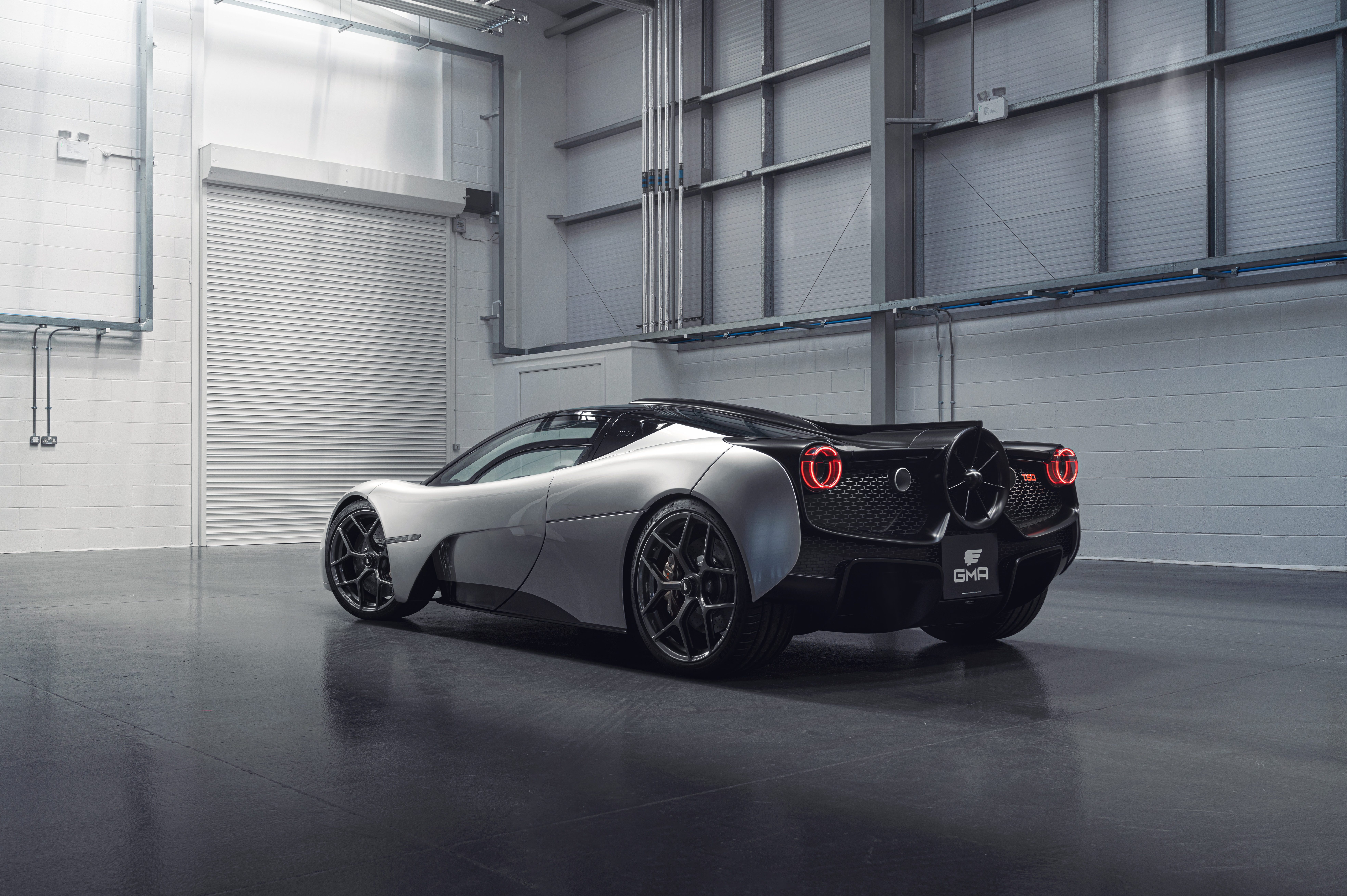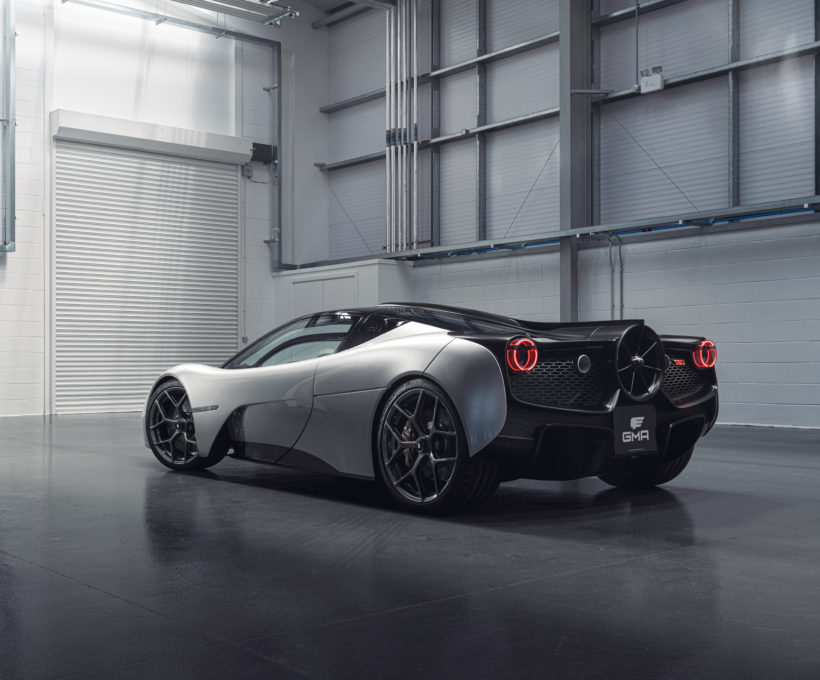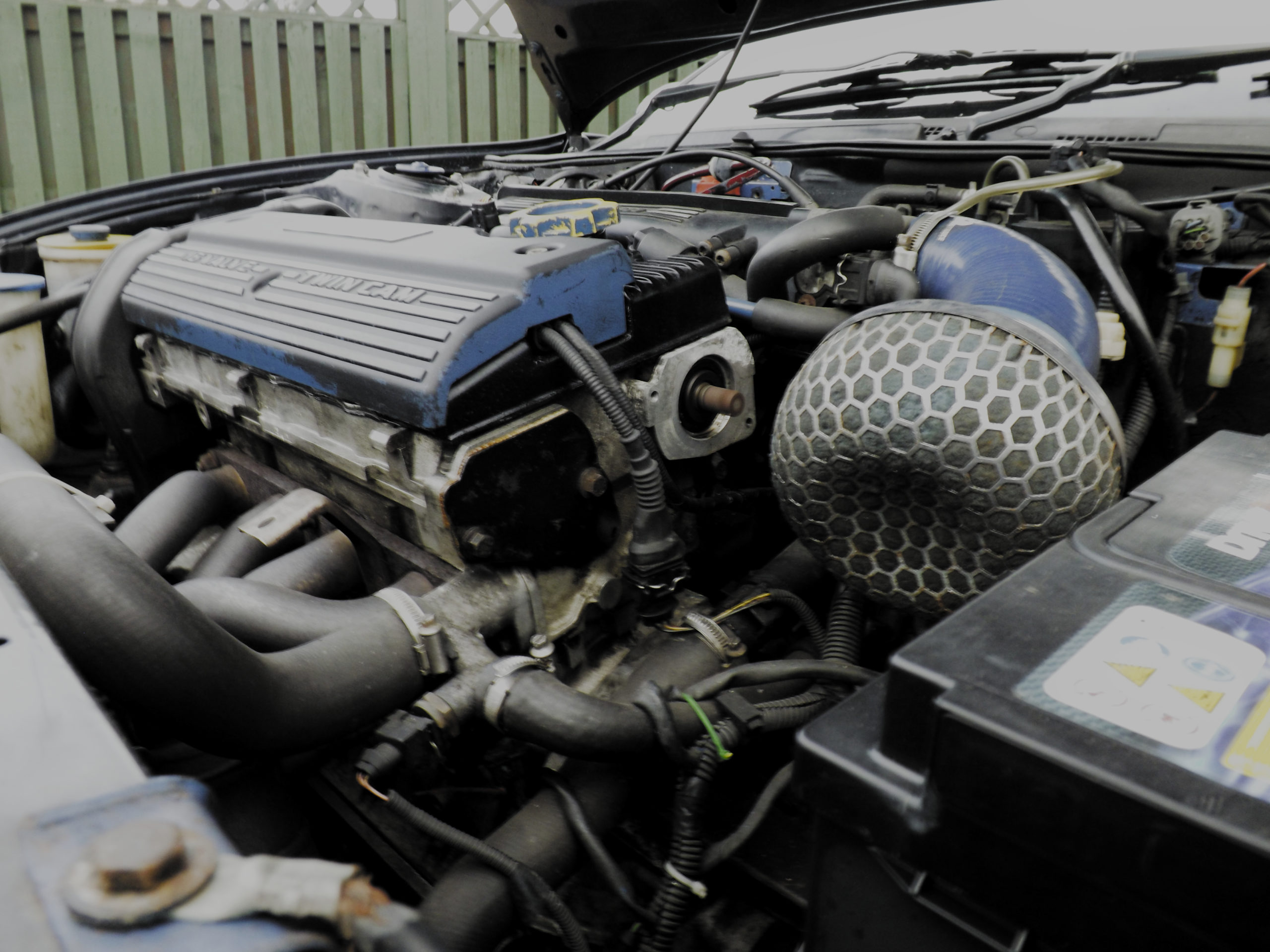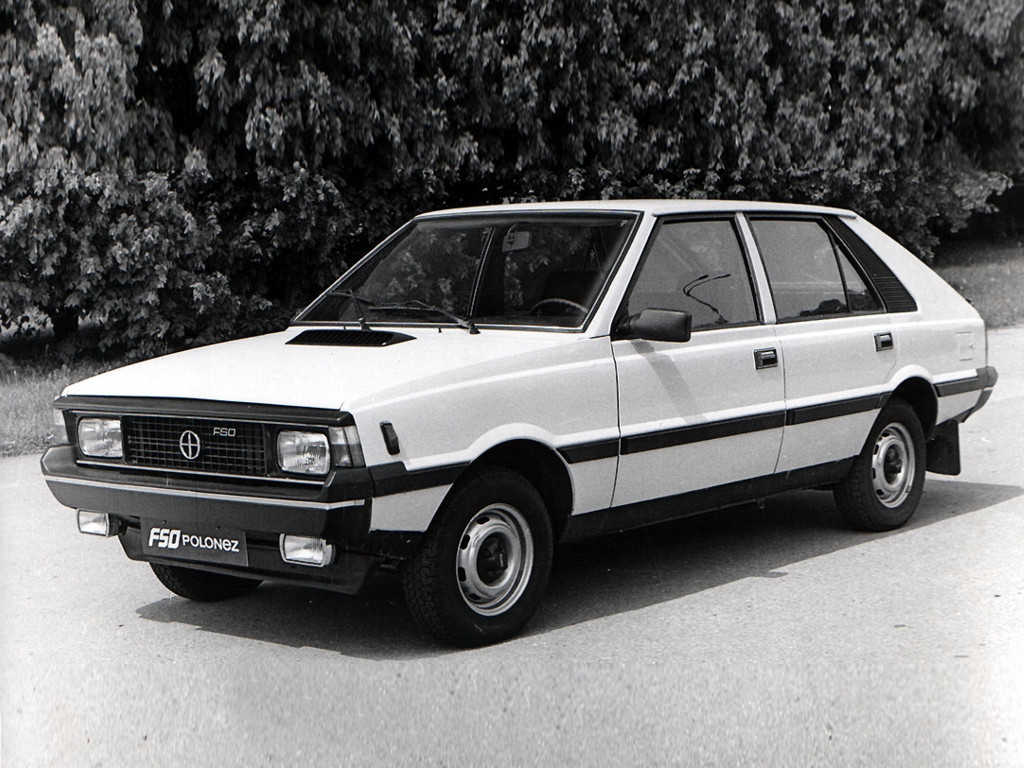I’ve spent most of 2020 working from home as it’s not worth the risk going to work on site when I can do all my work from home. That’s resulted in waking up later, or at least using the hour between waking up and going to work for other meaningful activities. One such activity is going through Instagram and keeping an eye on all the photography of people who want you to believe that their living their best lives.
One morning I stumbled upon a video posted by Gordon Murray Automotive, the first fire up of the Cosworth V12 that will power Murray’s T.50 supercar. It sounded absolutely wonderful, to me anyway. The wife promptly came in wondering what the hell I was listening to. She didn’t think it was “a great sound”, and went off in a huff. But, like you should know, she has no automotive taste.
The T.50 is being billed as the true successor to the McLaren F1. Growing up, for me at least, that was the car to have. I remember arguing about it in the playground pointing out that the other kid’s Ferrari F40 was rubbish because the McLaren F1 had a gold lined engine. I was in primary school, adult life hadn’t kicked the majority of my optimism and naivety out of me at this point.

Now that I’m more of an adult, I can appreciate what makes a good car great. It isn’t about the overall peak power out put of the engine. It isn’t about how fast the car can go round the Nurburgring. To me, it’s about the engineering, the work and focus that’s gone in to delivering a car that you can enjoy driving. And the T.50, as far as I’m concerned, is the pinnacle of automotive engineering. It won’t be bettered, not until I’m in an old people’s home arguing with other pensioners about the merits of gold lined engines.
The devil is in the details with the Gordon Murray T.50
The chassis is going to weigh 980kg, making it one of the lightest cars on the road. That is, until, my Lada gets on the road as I think that’ll come in at 930kg. The difference between the T.50 and my Lada though is the engine.
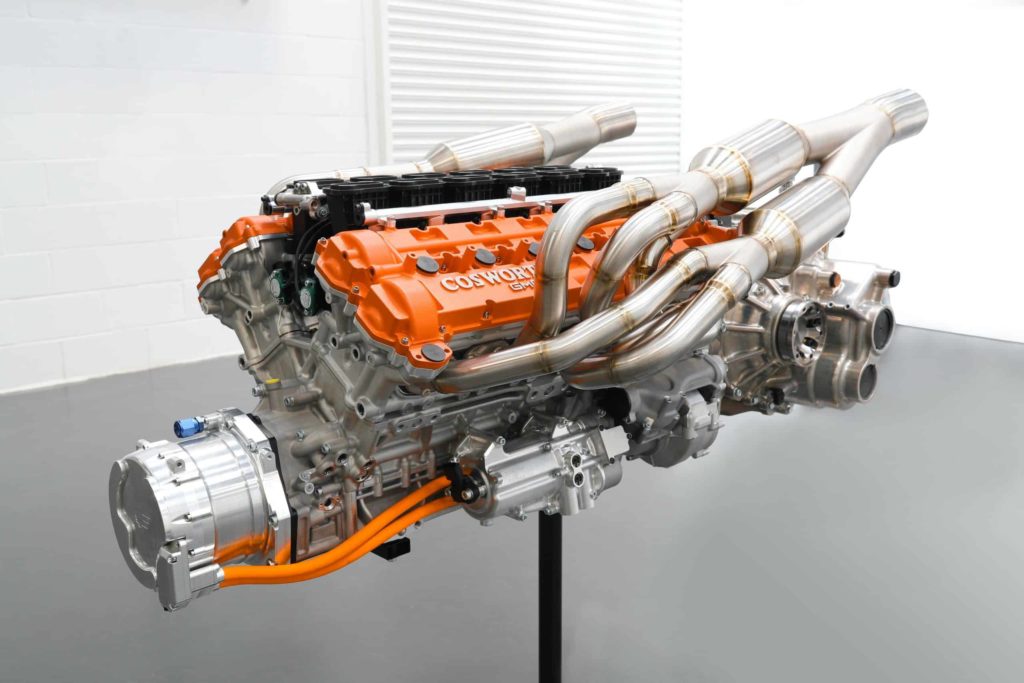
The T.50 is being powered by a normally aspirated 3.9 litre Cosworth V12 delivering 650bhp and 322lb ft of torque, which is completely bespoke to the T.50 project. Cosworth reckon it’s going to hit a redline of 12,100rpm. It’s amazing to be involved in a project like this where you are literally dealing in moonshot figures, whereas I’m looking at my Rover K-Series wondering how I can make the head gasket last.
A big fan of the T.50
One of the more unusual aspects of the T.50, other than it’s power plant and truly mind bending lightness, is the aerodynamics. Gordon Murray, if you don’t know, had a huge impact on Formula 1. In my eyes, he’s above Adrian Newey in terms of impact. I may be biased, considering I’ve a brummie accent and Newey doesn’t like brummies.
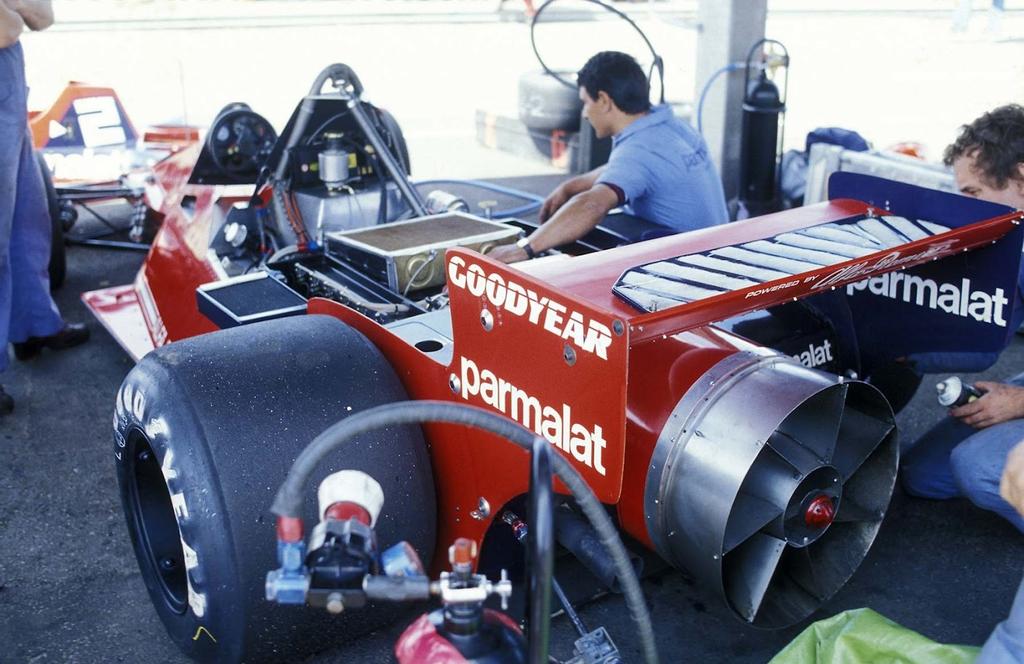
In the late 1970’s, while working for Brabham, he designed what became known as the “Brabham Fan Car”. The unusual, and highly controversial, aspect of this F1 car was the great big whopping fan on the back of it. It sucked the car down to the ground even around corners. Niki Lauda even commented on it saying he was amazed how he could over take cars on the outside of corners. But Lotus didn’t like it, Bernie Ecclestone wanted ultimate control of F1, so the car wasn’t raced again. It was never banned. Gordon Murray has the letter stating he could race it till the end of the season.
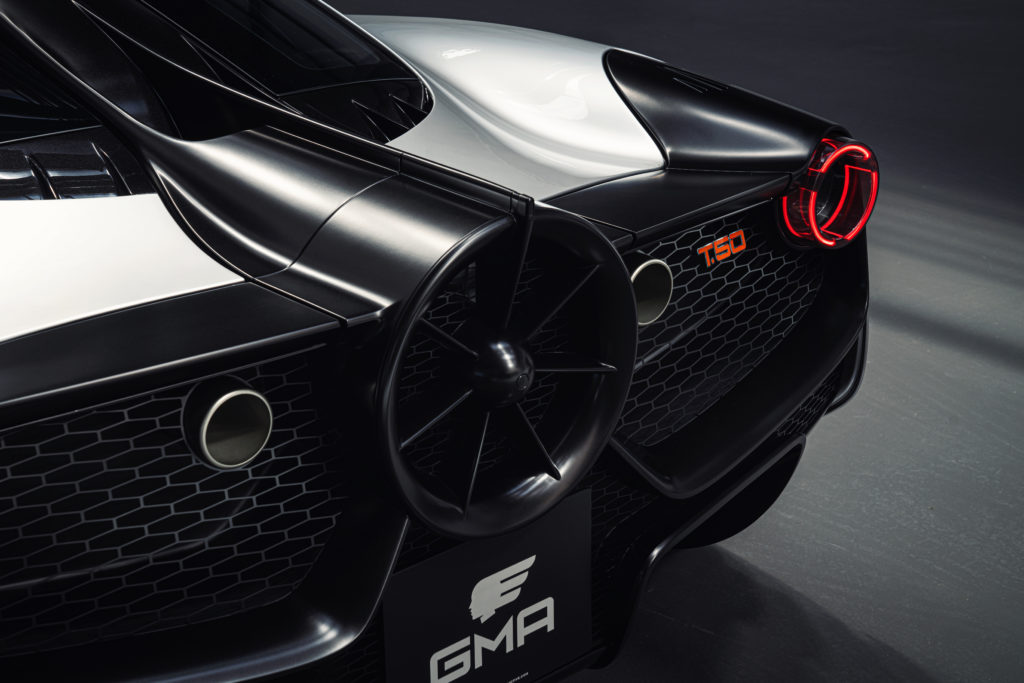
But now, in 2020, free from the constraints of FIA assisting Ferrari or Mercedes, the GMA T.50 has a small fan on the back of the car. Unlike the Brabham fan car where the fan was ran from the driveshaft of the engine, this modern interpretation is ran from a 48v motor, providing 50% of the car’s downforce in normal driving conditions. Because lets face it, it does tend to get a bit hairy on the weekly shop to Tesco. I’m glad Gordon Murray has given us a bit more protection here.
Lightweight the right way
This is the part of the T.50 which makes me stand up and shout “YES! YOU ARE SO RIGHT ABOUT THIS!”. Well, not literally, but I’m glad he’s had the balls to come out and say this. Gordon Murray has gone out of his way to instruct the team behind the T.50 to make this car the lightest car on the market. That’s right, not the lightest supercar or hypercar, but the lightest car.
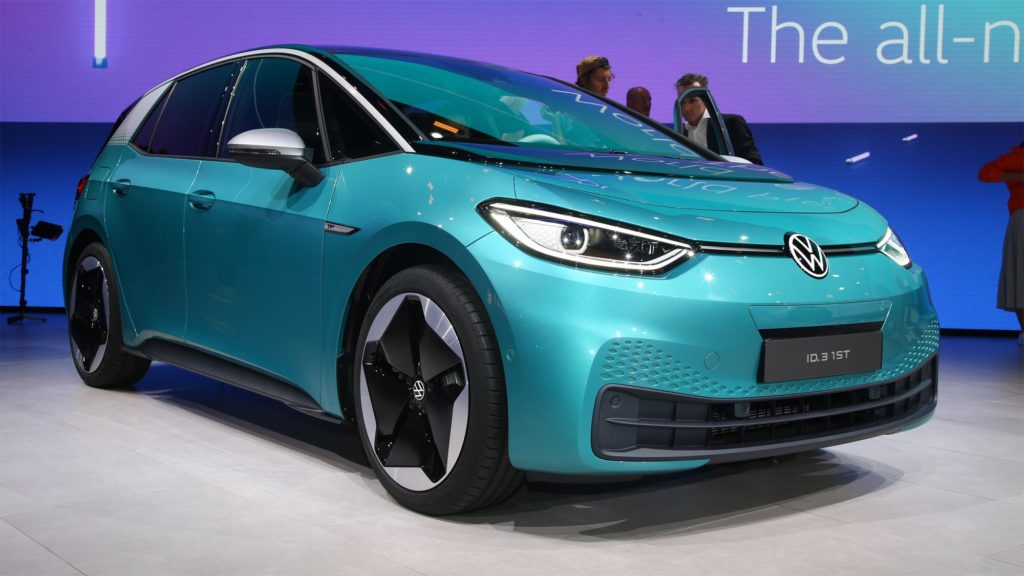
Modern cars are too heavy, and with the total misplaced fetishism of electric cars, it’s just getting worse. The new upcoming electric Volkswagen ID.3 has a kerb weight of 1,600kg. The equivalent Volkswagen Golf comes in between 1,200kg and 1,600kg. The original Volkswagen Golf weighed 790kg, under half the weight of the new cars!
Cars are getting bigger through various reasons. Often the idea that cars are heavier now because of improved safety features. I would like to believe that, but I would expect to see a fall in deaths etc resulting from car accidents. That hasn’t happened, they’ve remained stagnant.
It costs money to develop new materials, new ways of approaching problems. With car manufacturing becoming more and more consolidated in to just a few major marques, there is even more emphasis on cost cutting and increasing profits for shareholders. There is no problem with this, that’s how capitalism works.
The actual problem though is that manufacturers are becoming lazy. It’s easier to throw a turbo on an engine with uprated pistons to gain more power from a vehicle than it is to strip the vehicle of unnecessary weight to give the driver the true feel of performance.
Gordon Murray Automotive have gone beyond what normal car manufacturers tend to do during the development of a car. GMA can get away with it, given the nature of the project, but even still it’s a cost that has to be recovered through the sales of the vehicle. The T.50 will weigh 986kg, and to get to that point they even went as far as drilling holes in to the foot pedals. Incidentally, the pedals of the T.50 weigh 272g less than those used in the McLaren F1. That’s roughly the weight of a sirloin steak you can buy from Sainsbury’s.
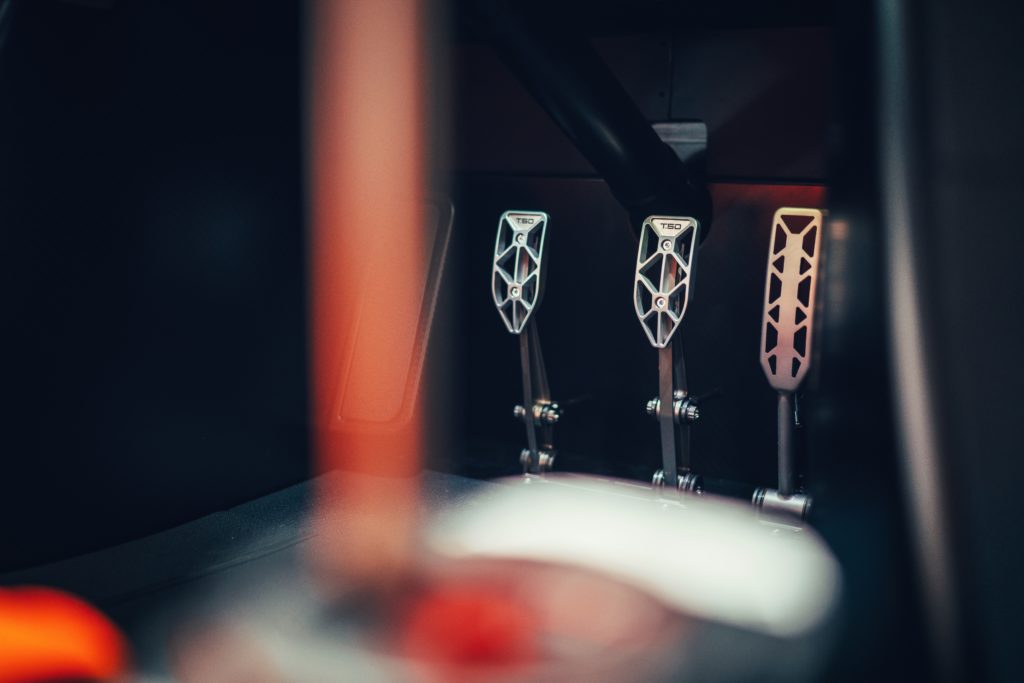
In a podcast I listen to, Gordon Murray lamented modern cars for the weight and he’s completely right. It’s unnecessary, and I feel it’s down to the pure laziness and cost of pushing the envelope of profit and cost at the detriment of running costs to the consumer. A heavier car will use more tyres, suspension bushes, and more fuel in real world conditions. All because they’d rather use steel for a side impact bar than investigate a stronger material that would also be lighter for the job.
The pinnacle of car design
The Gordon Murray Automotive T.50 is more than likely to be unobtainable for most of us. While it’s a shame to never get the chance to own one or even drive one, I’m alright with that. It’s something to strive to, to dream about something that’s just that bit out of reach. It’s also nice to know it even exists, and it lays down the gauntlet for the rest of the automotive world. This is the best car in the world, prove me wrong kind of thing.

It’s that sort of gauntlet that the automotive world needs in all honesty. Everything has become cookie cutter, and like cookies, it’s making everything fat. You can have strong solid comfortable cars that don’t weight nearly 2 tonnes! You can have cars that have responsive powerful engines that don’t resort to turbos and superchargers. There is a reason why classic cars are becoming more popular, and it’s got nothing to do with potential resale value. Older cars are closer to a true driving experience, not a proxy experience provided to you by some overweight germanic finance wagon.
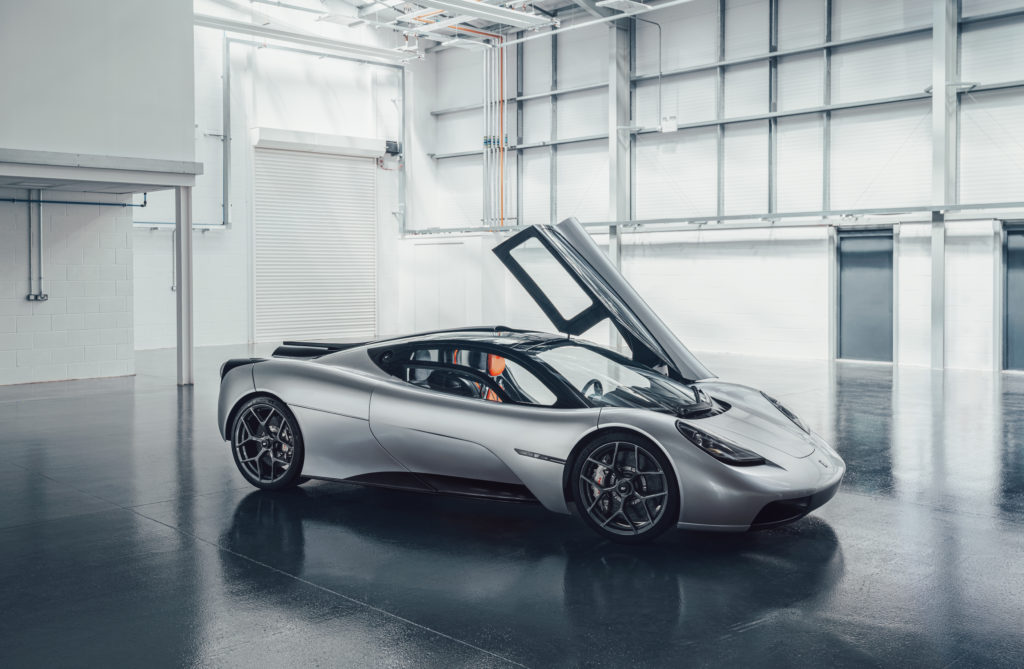
I will say though that, while some will say the T.50 is the lightest production car on the market, it isn’t. The Peugeot 108, from my brief research, has a kerb weight of under 900kgs. And while my Lada project isn’t for sale, it should come in at around 930/940kgs. Lighter than a T.50!
Images were taken from the impressive Gordon Murray Automotive website.

